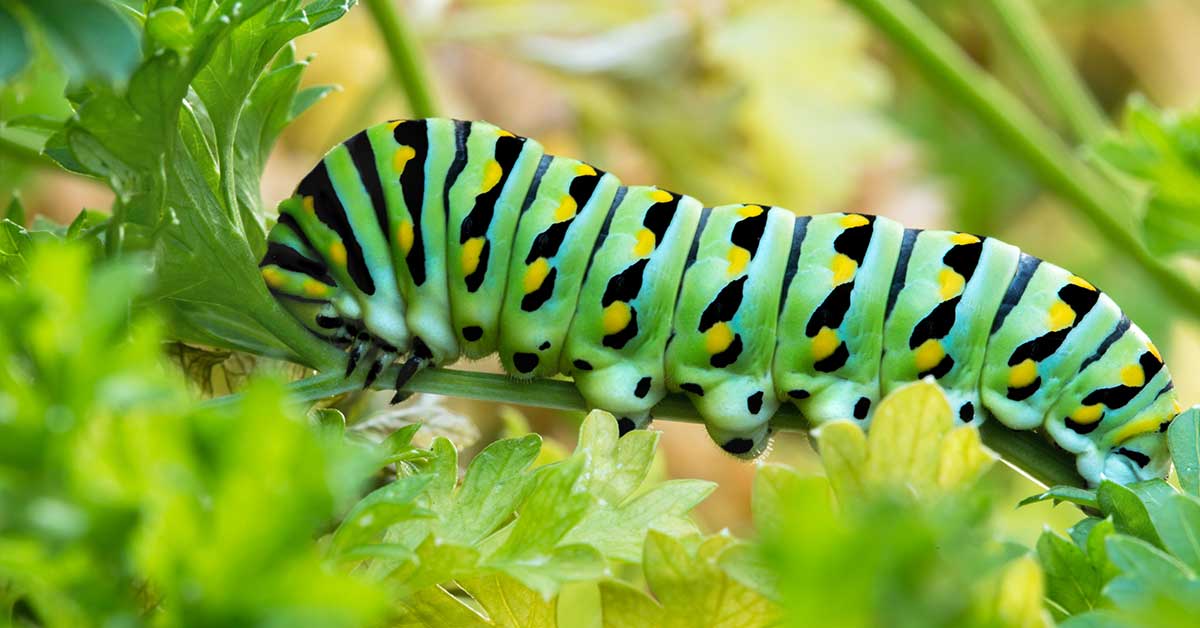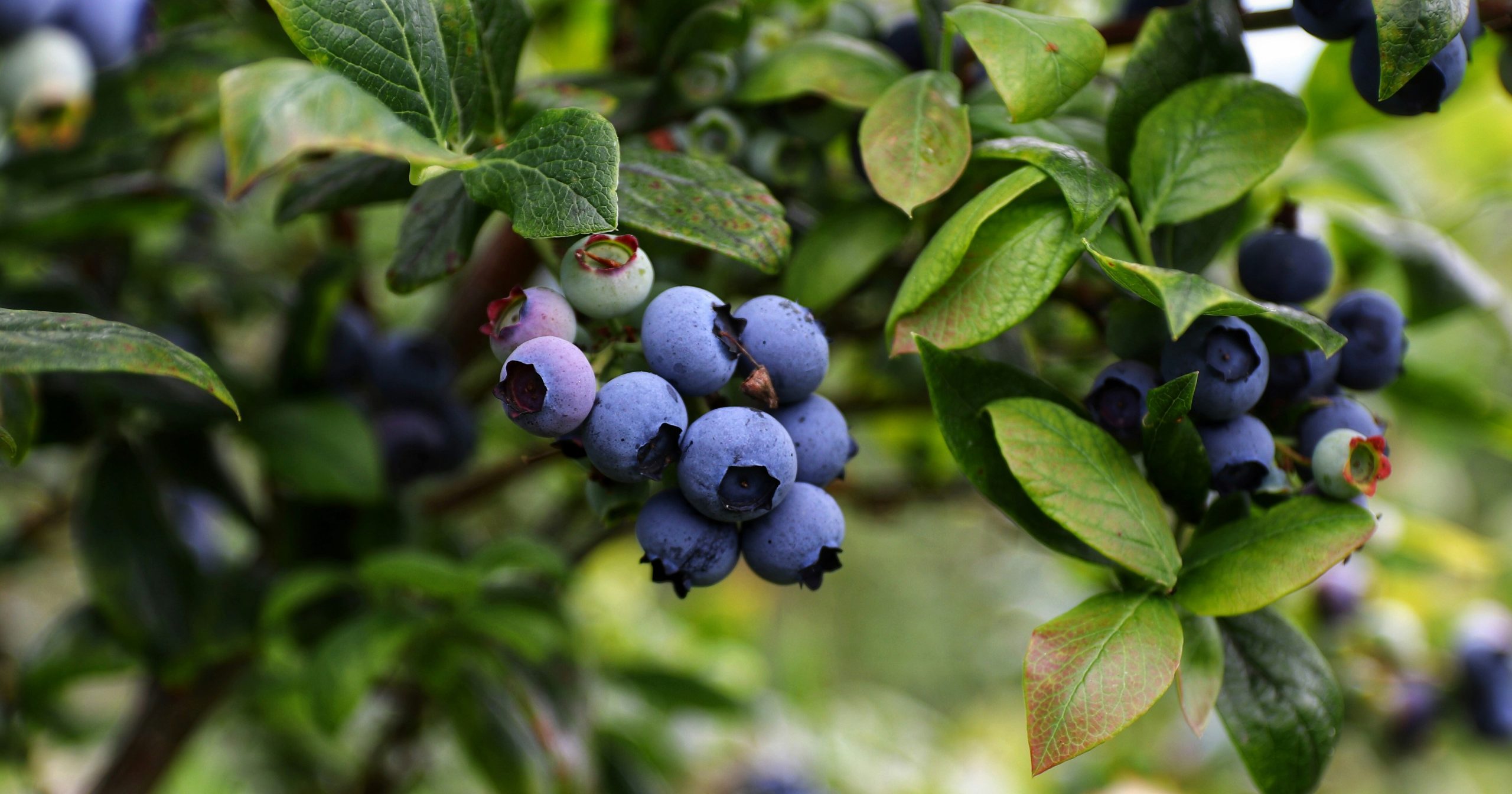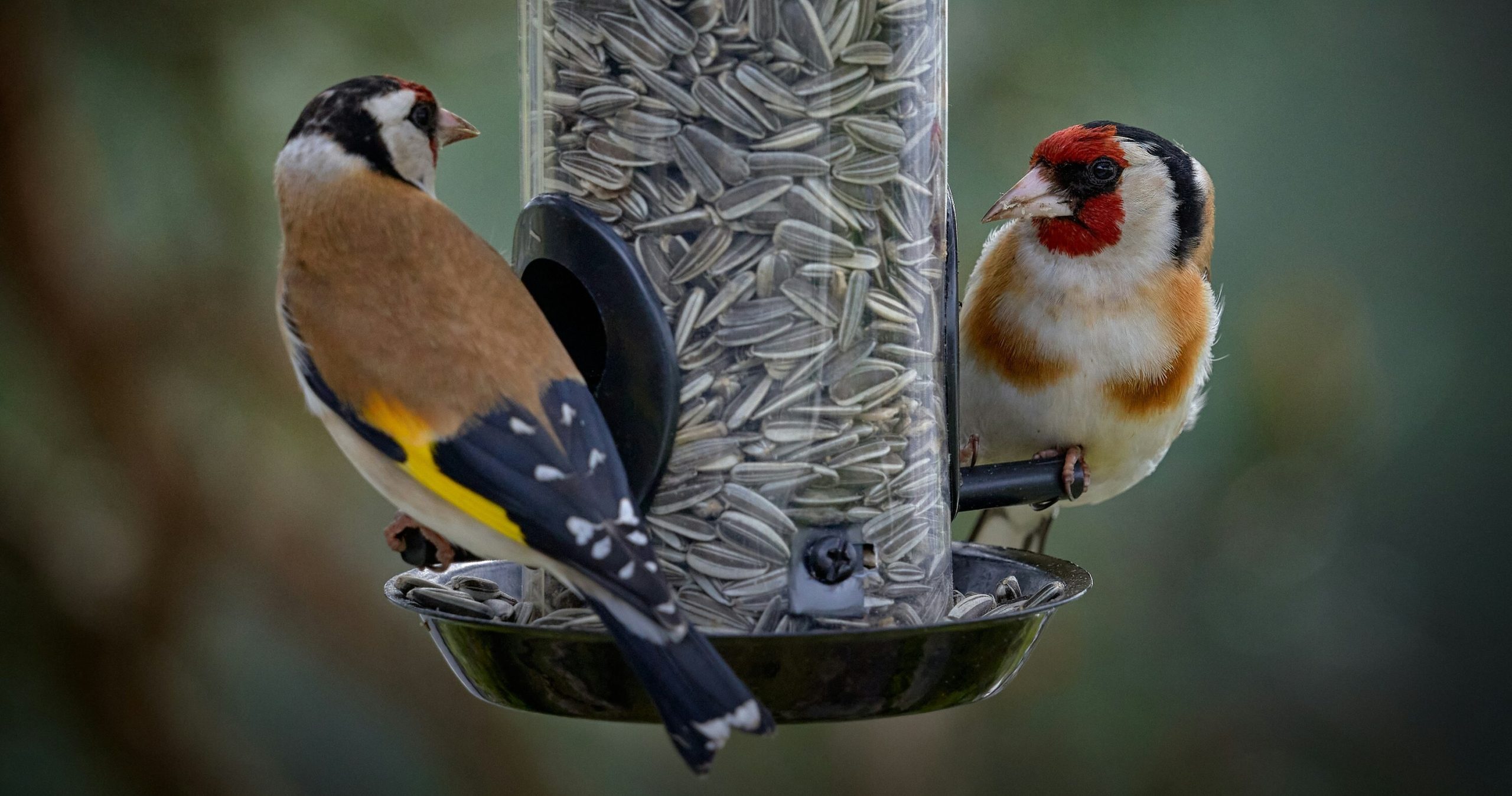Parsley is a very easy herb to grow, but it’s not without its pests. Parsley worms are one of the main pests that prey on anything from the parsley family, Apiaceae, which includes carrots, fennel, dill, hemlock, Queen Anne’s lace, parsnips, anise, and coriander. They are easily recognized for their stunning green flesh with black bands and yellow dots across their body segments.
Even though caterpillars may seem friendly it may be wise not to pick them up or handle them with your bare hands. Some insects, such as caterpillars may actually be toxic to the skin. Parsley worms will actually form a pair of fleshy hornlike protrusions from their body as a defense to scare away predators or feel threatened. Additionally, these horns are a “stink gland” that is used to startle or repel attackers which have been described to have the smell of rancid butter.
Preventing Parsley Worms In Your Garden
There are a few ways that you can deter parsley worms from eating your plants. If you want to preserve the caterpillars without using a completely nuclear option, planting a distraction garden can help. A few extra dills, carrots and parsley away from the garden just for them will save your garden and save the butterflies. Even then, healthy foliage can recover from a lot of damage surprisingly.
However, if you really want to use the nuclear option, insecticides may be the route you desire. Another way might be to use row covers, which will deter more than just caterpillars. Parsley worms are also very susceptible to other predators in the garden. Despite their horned defense, they are a treat to whatever else may be around.
Black Swallowtail Butterflies
Parsley worms will eventually turn into black swallowtail butterflies, which has a lot of potential for future pollinators. Although, it’s completely understandable for someone to want to prevent insects from eating up their garden. It may be something worth considering when you are dealing with certain insects such as pollinators. They play a vital role in all of our gardens and are not out of the question. There may also come a time to figure out a way to revitalize your garden next season if it’s been completely destroyed by insects or other pests.
When the butterflies emerge from their cocoons, they are a stunning velvety shade of black with peacock feather patterns on both hind wings that span about 3 inches. The female black swallowtail is a bit larger and duller color in and appearance compared to the male black swallowtail. Their eggs will turn from a pale yellow to a reddish-brown color over the course of four to nine days. Then, when the pupa is ready, in the form of a dull gray chrysalis they will attach themselves to fallen leaves, stems, or other good hiding places until they become butterflies from April through May.
Plan Ahead To Prevent Pests
When springtime comes, it’s the best time to get your garden prepped for the growing season. Preventing pests should be on every gardener’s to-do list. Head to your local garden center for more advice on how to prevent pests as well as gardening products that may save you time in the future. Bugs and critters are a part of having a lush organic garden. It’s up to us to figure out the best solution for our gardening problems.













